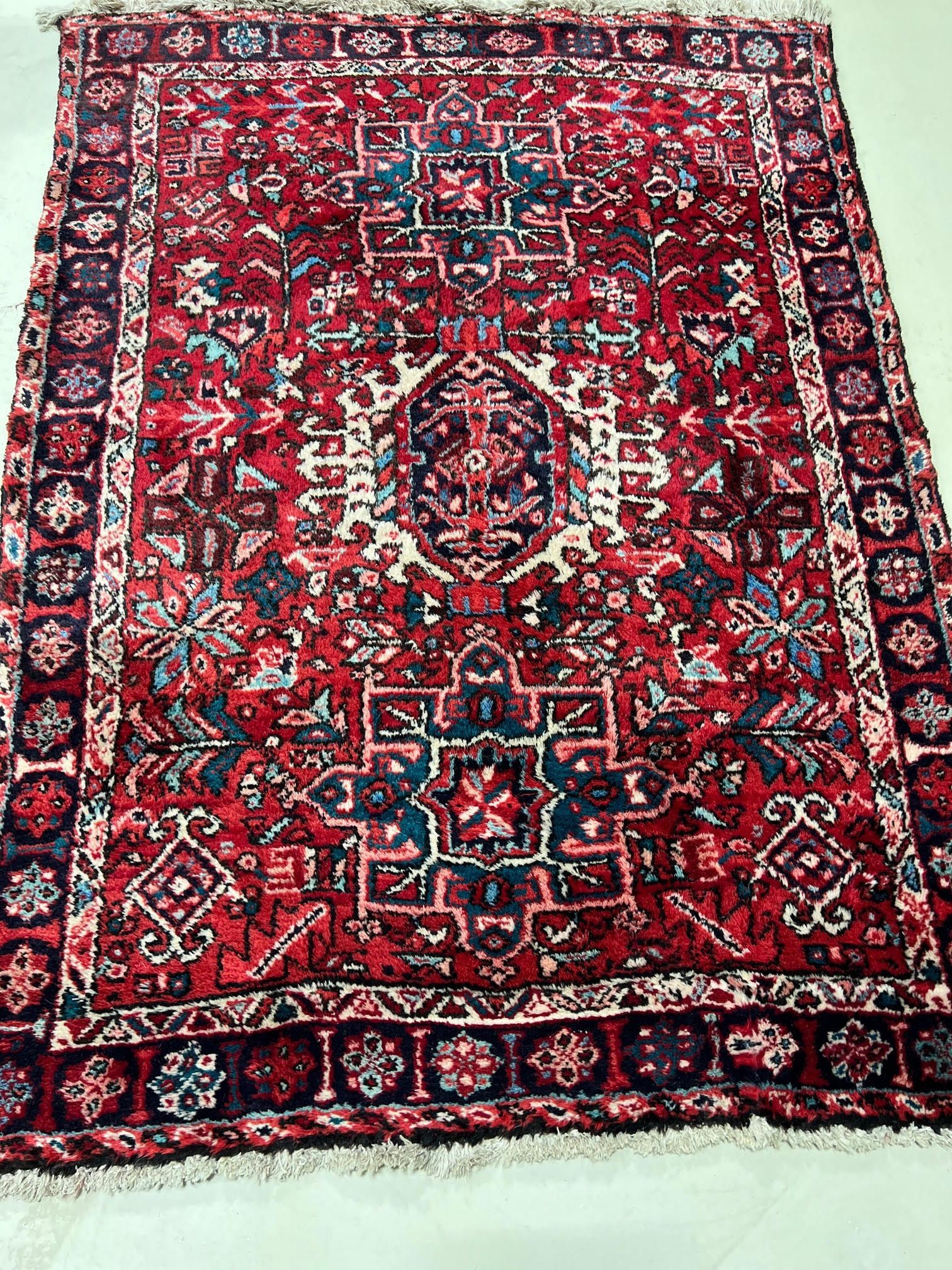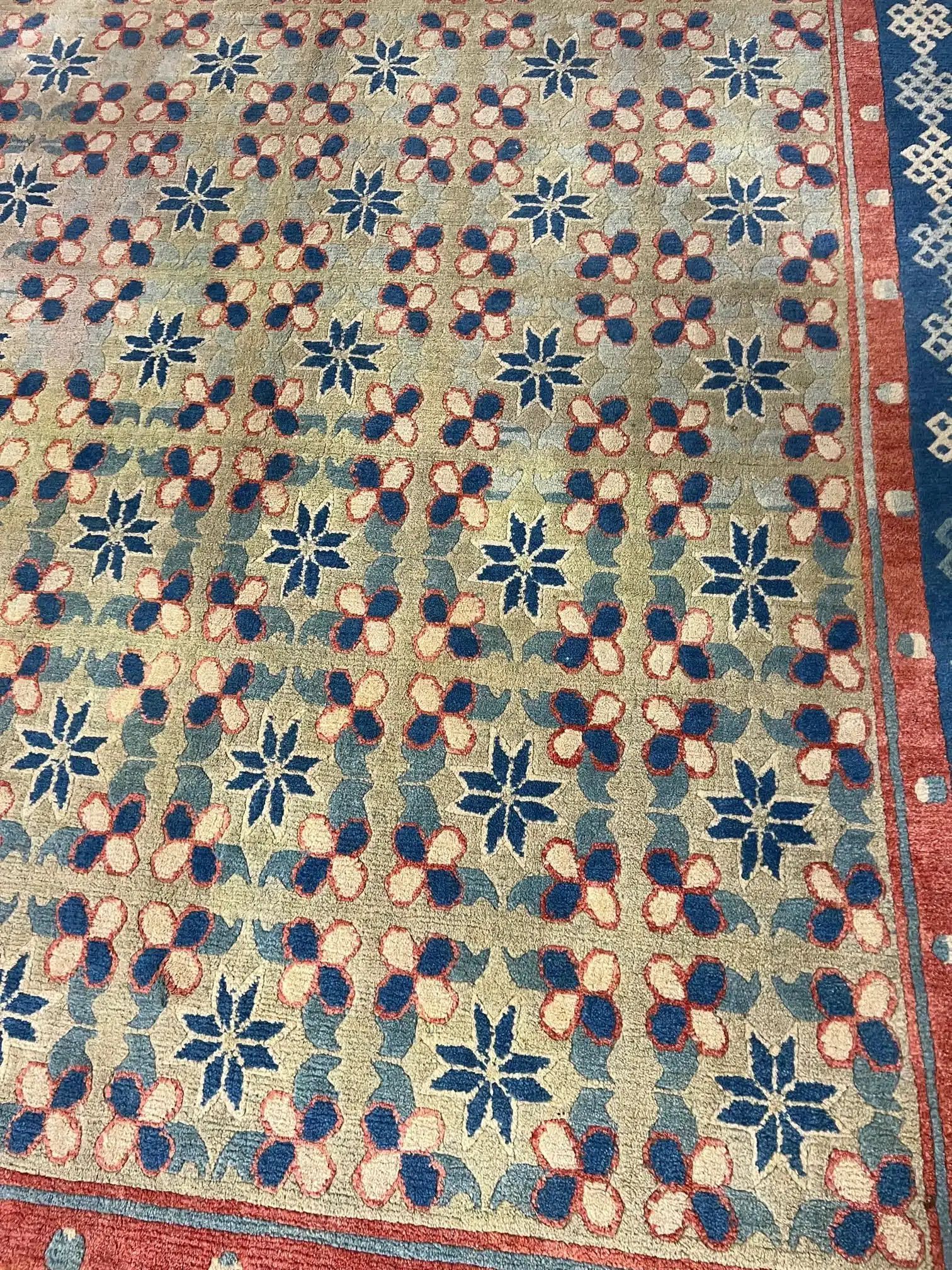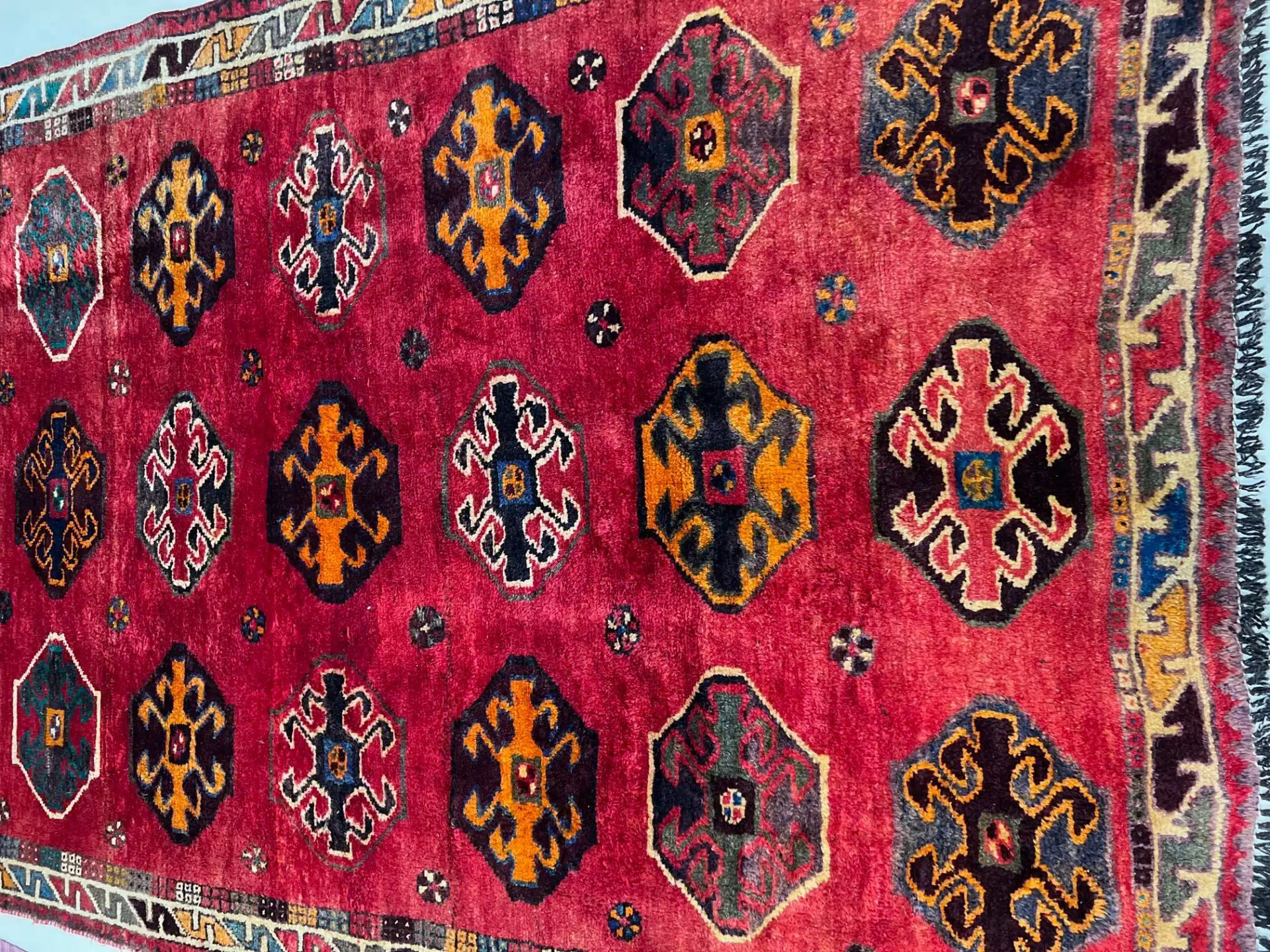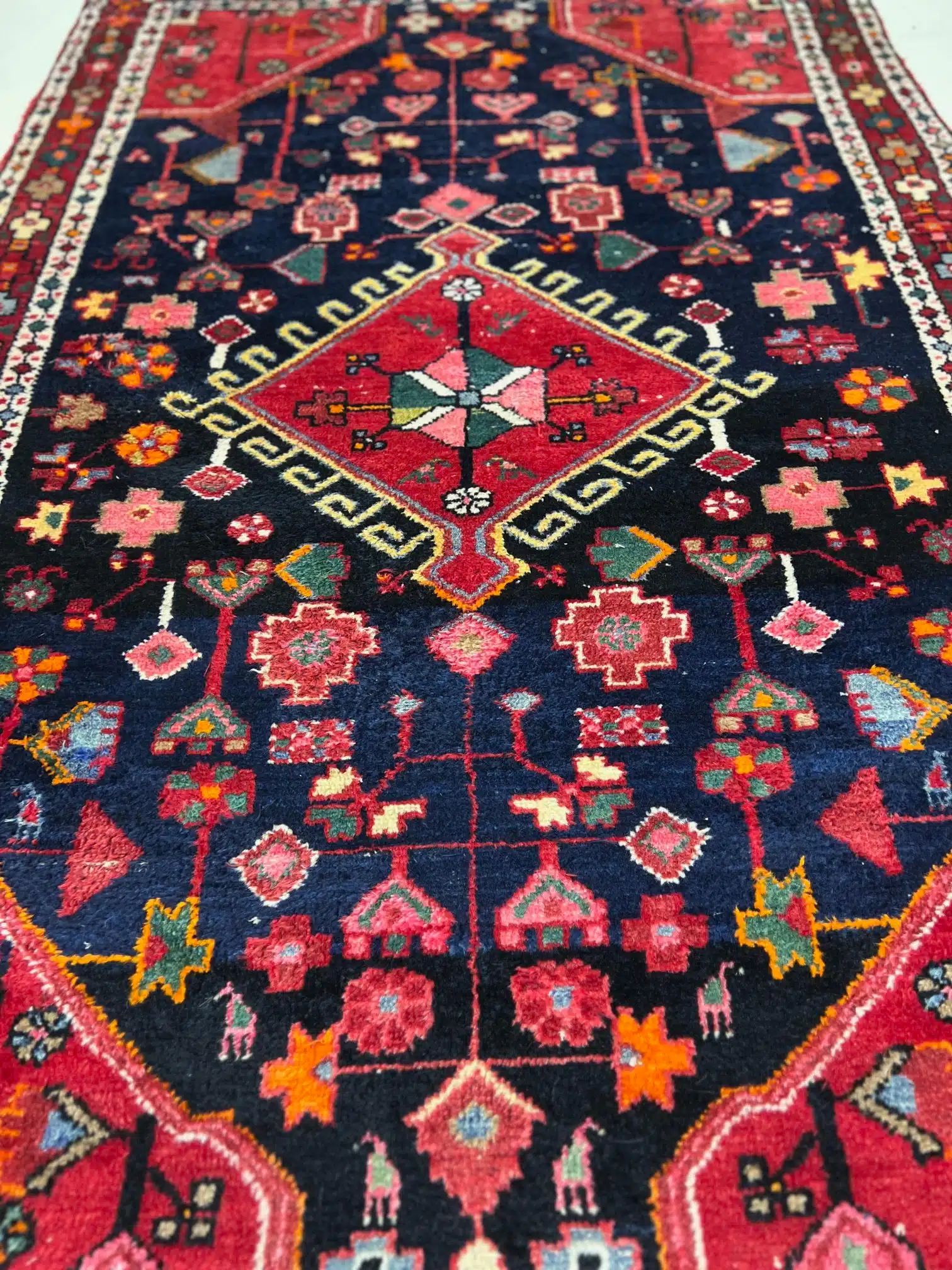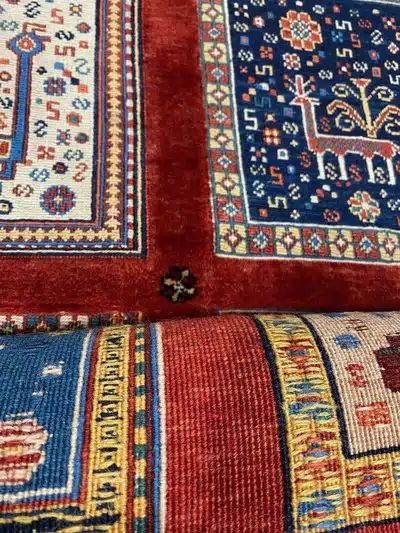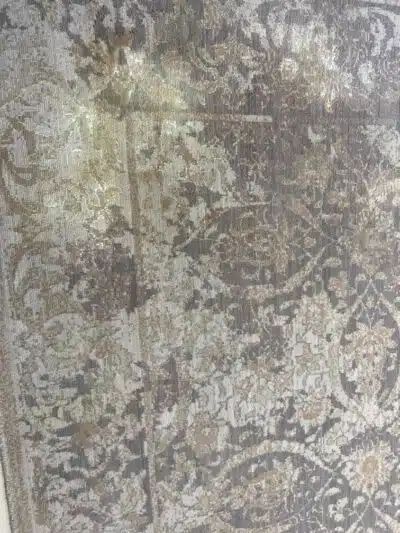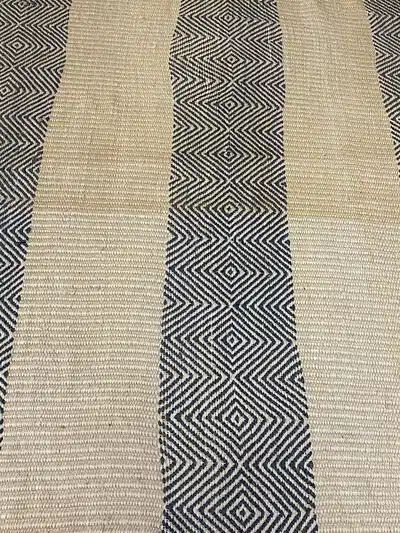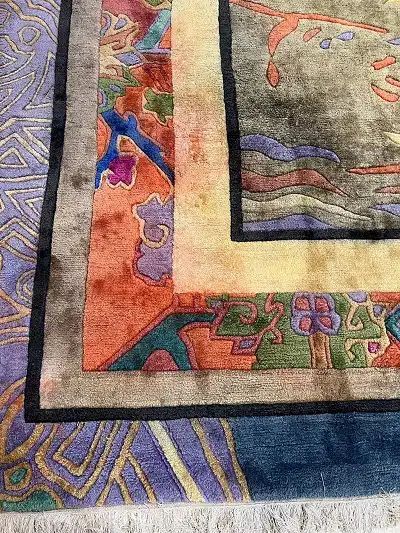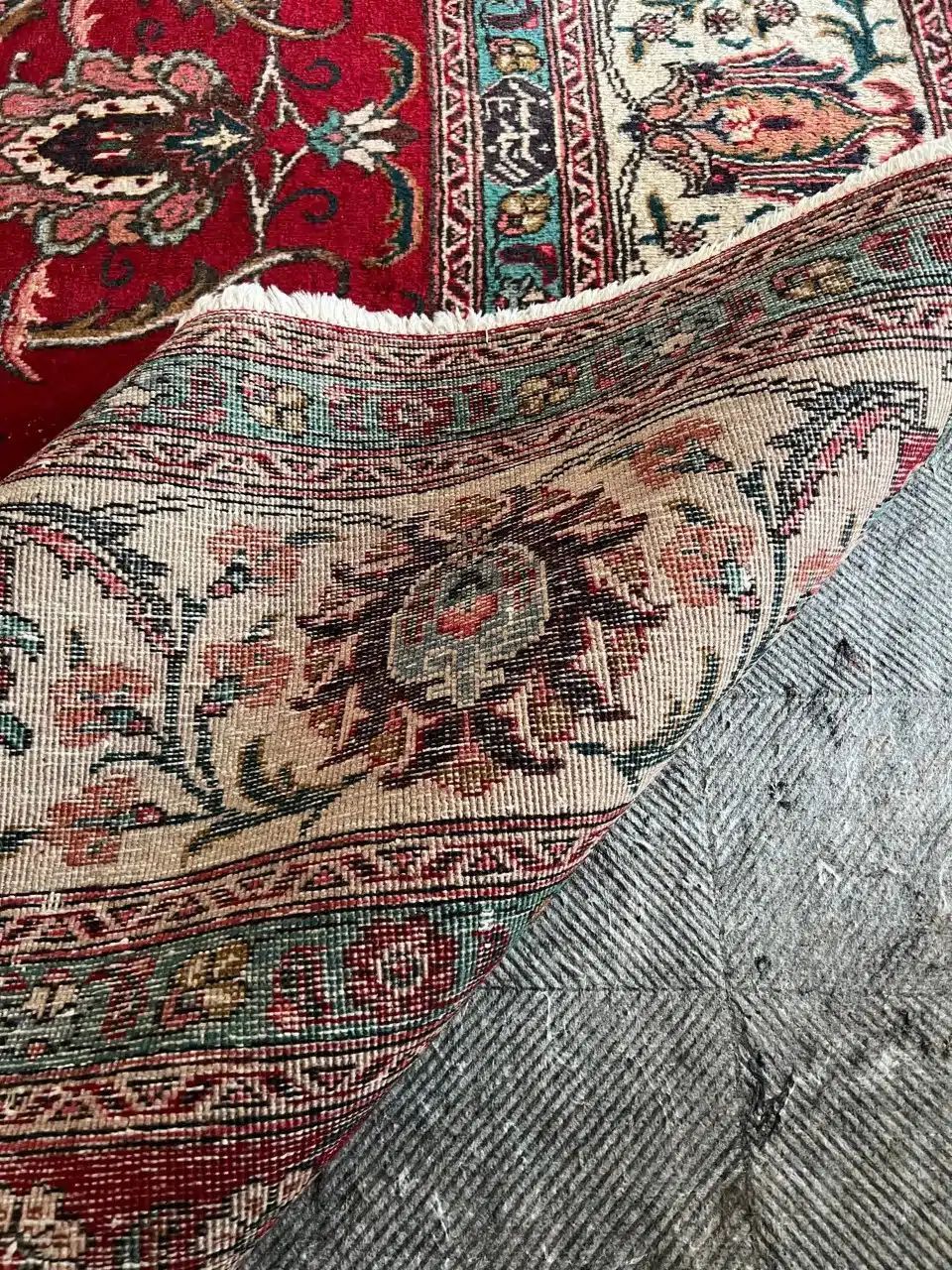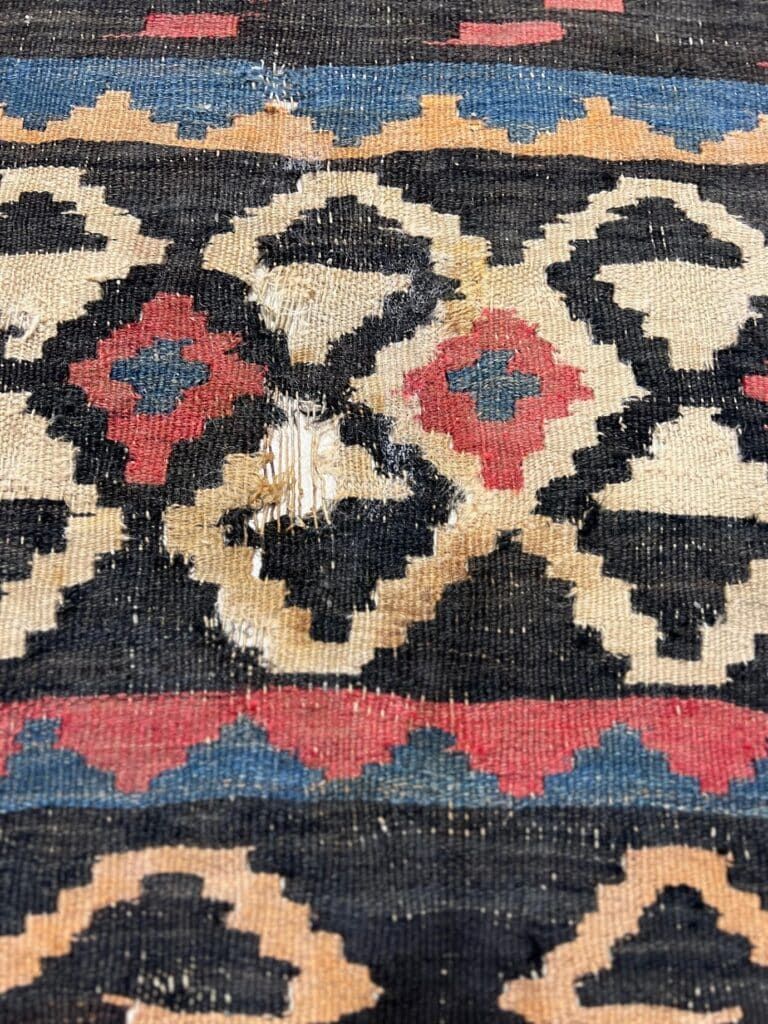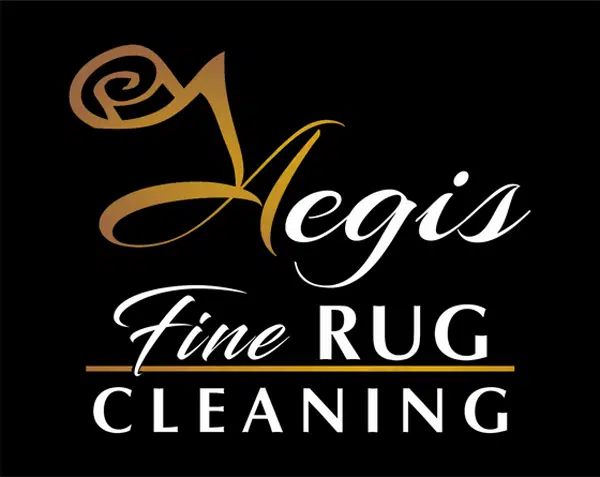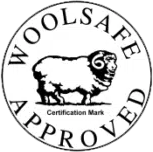Are Wool Rugs Sustainable?
Sustainable Wool Rugs
To be truly sustainable, a product must be made in a way that honors people, animals and the planet. Wool floor coverings are usually made to more exacting standards than synthetic rugs. We know that producing wool floor coverings has a very low impact on the environment, but how does it stack up with the people and animals that are involved in the production process?
Shearing Sheep for Wool Rugs
Raising sheep and making sure that they have the optimal feed to produce the best wool requires a high level of knowledge. Shepherds for these types of operations are more likely to be paid a living wage than a factory worker who shuttles synthetic rugs through machines to mass produce inexpensive floor coverings. Sheep shearers and rug weavers both have special skills that command higher wages based on simple economic principles of supply and demand.
Technology has helped to make supply chains more transparent. Today’s consumers demand high levels of stewardship and environmental accountability from the manufacturers of the goods that they use. They reward companies that get their wool from ranches that practice ethical husbandry and shearing practices. They expect these companies to use technology to trace their wool directly back to those ethical sources, and many manufacturing companies comply.
The post Are Wool Rugs Sustainable? appeared first on The Austin Rug Cleaner.
